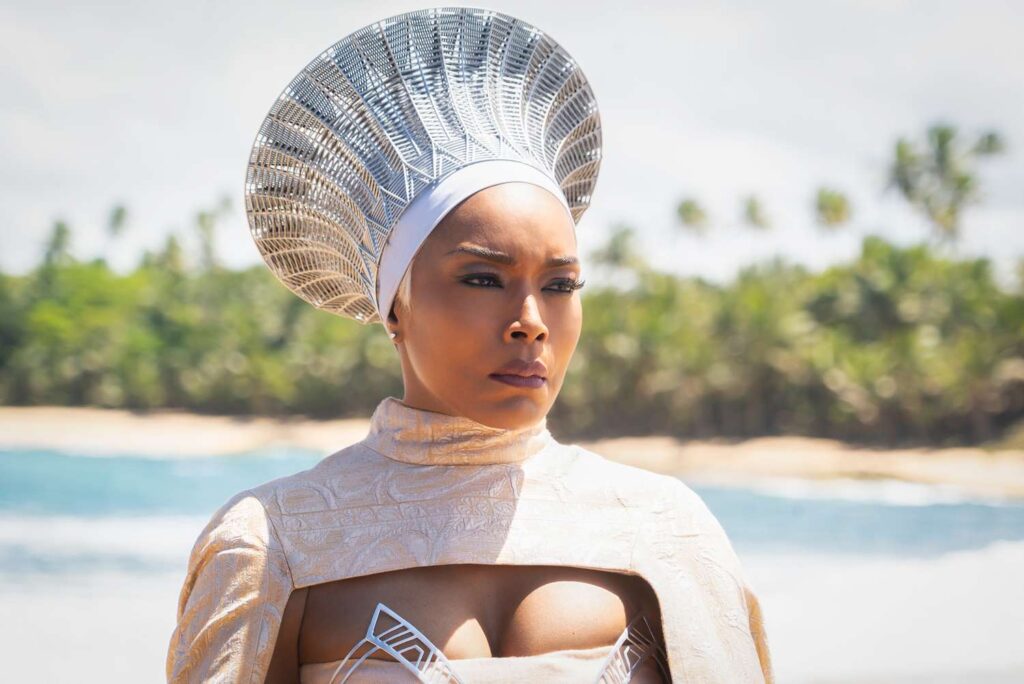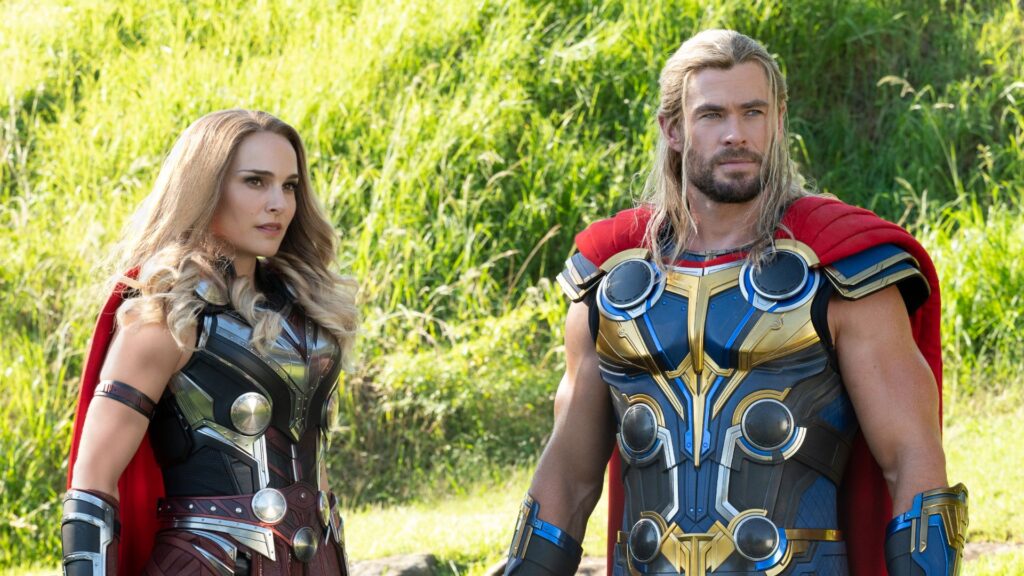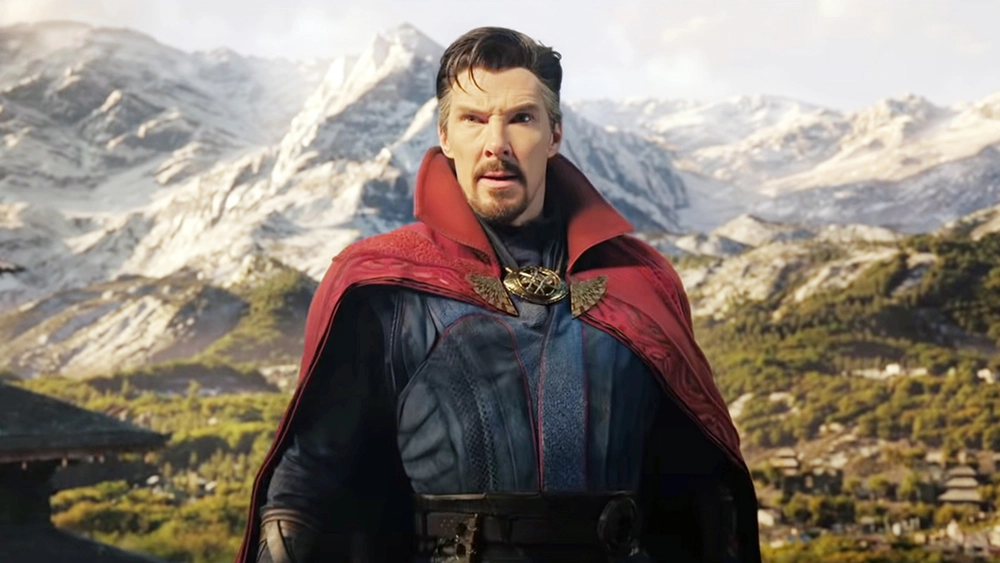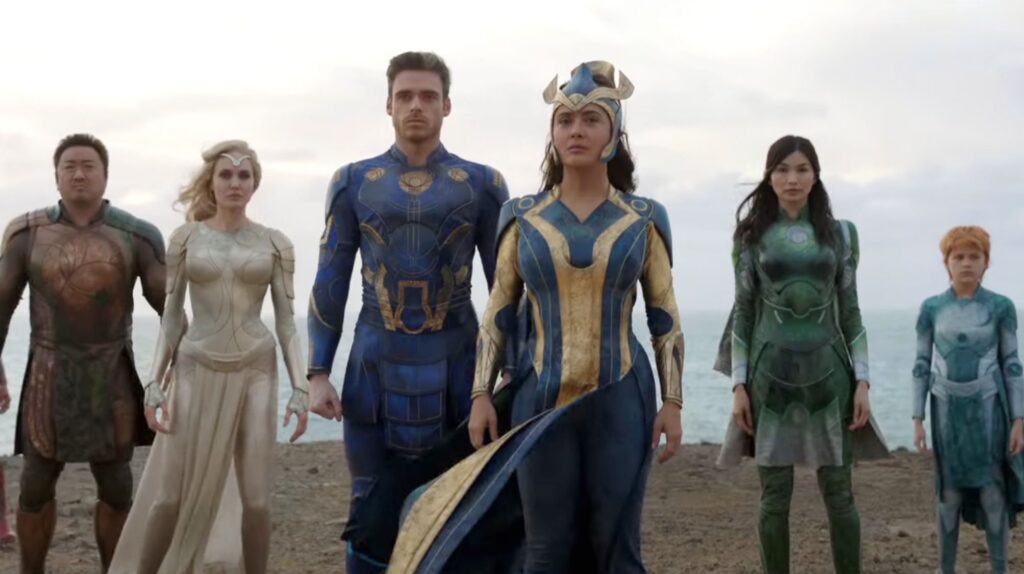Black Panther: Wakanda Forever: Fail to the King

Can a Marvel movie be an underdog? Certainly not commercially; even before it smashed the November box office record with $181 million last weekend, Black Panther: Wakanda Forever was guaranteed to make an enormous amount of money. But artistically, Ryan Coogler’s sequel faces a set of challenges that are atypical to the Marvel Cinematic Universe, with its rigorous quality control and absurd phases and general regimentation. To begin with, his follow-up bears the weight of considerable expectations; in addition to banking $700 million—the third-highest of any film to that date (though it’s since been surpassed by Avengers: Endgame, Spider-Man: No Way Home, and Top Gun: Maverick)—the original Black Panther earned rave reviews and a rare sheen of prestige, racking up seven Oscar nominations (including Best Picture!) and taking home three statuettes. But beyond that, Coogler is faced with an even graver dilemma: that of making a Black Panther movie without the Black Panther.
Chadwick Boseman’s death two years ago was tragic for many reasons, most of which have nothing to do with corporate profits or franchise continuity. But viewing it purely (and perhaps distastefully) in the context of the MCU, it placed Coogler in a no-win situation: He could either recast the role of King T’Challa, thereby inviting unsavory comparisons and risking the wrath of countless fans, or he could kill off a beloved character and bake his demise into the sequel’s plot. (The prospect of simply not making a follow-up at all is too ludicrous to contemplate.) He chose the latter approach, and in case you were somehow oblivious to Marvel’s marketing machine, he announces his decision straightaway; the cold open of Wakanda Forever finds T’Challa’s younger sister, Shuri (Letitia Wright), frantically trying to wield her technological expertise to cure an unspecified illness, to no avail. Coogler stages this brisk prologue, which concludes with a mournful funeral procession, with the appropriate degree of sobriety—the shot of T’Challa’s coffin mystically ascending to an airborne vessel is heartrending, while the replacement of the standard Marvel logo (which typically affords glimpses of various MCU heroes) with exclusive footage of Boseman is a lovely touch—even as it shrouds the ensuing film in death. Read More




